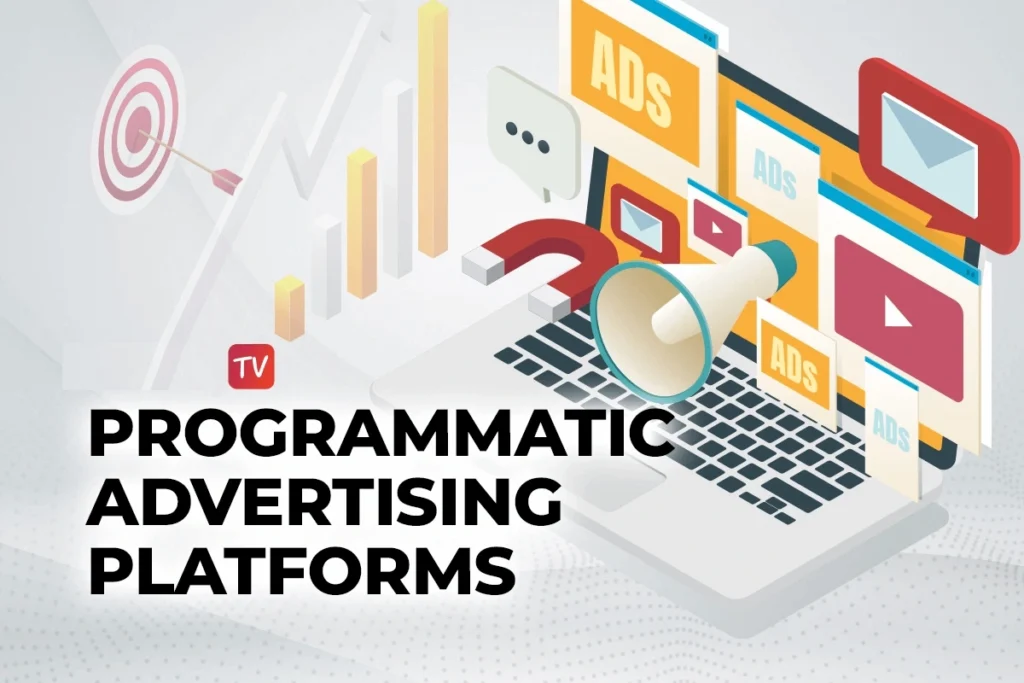Programmatic advertising platforms are reshaping the digital marketing landscape by merging automation, targeting precision, and real-time insights into one streamlined solution. They allow brands to reach audiences with unmatched accuracy, adapt campaigns instantly, and extract maximum value from every advertising dollar.
In a marketplace where consumers are exposed to thousands of ads daily, the real challenge isn’t just getting noticed — it’s reaching the right person at the exact moment they’re most receptive. Programmatic solutions solve this problem by leveraging algorithms, data, and automation to deliver ads in milliseconds.

Content
Benefits of Programmatic Advertising Platforms
1. Automated Campaign Management
Automation is at the heart of programmatic advertising platforms. Instead of manually negotiating ad placements, marketers can set predefined parameters — budget, audience, channels, and goals — and let the platform’s algorithms handle the rest.
This not only saves time but also ensures campaigns are consistently optimized. For large brands managing multiple products, automation keeps operations scalable, while for smaller businesses, it eliminates the need for large in-house teams to monitor campaigns.
2. Precision Audience Targeting
Gone are the days of casting a wide net and hoping for results. Programmatic tools allow targeting by demographics, device type, browsing behavior, purchase history, and even contextual relevance.
By integrating first-party customer data with third-party insights, marketers can create hyper-specific audience segments — such as “urban millennial interested in sustainable fashion” or “frequent travelers searching for weekend getaway deals.” This granular targeting reduces wasted impressions, boosts click-through rates, and increases the likelihood of conversion.
3. Expanded Audience Reach
One major advantage is the ability to access inventory across multiple digital channels from a single interface. Whether its display banners, in-stream video, mobile in-app ads, connected TV, audio streaming platforms, or digital out-of-home displays, programmatic advertising platforms unify the buying process.
This Omni channel approach ensures your message stays consistent no matter where your audience is — whether they’re scrolling social media on a lunch break, watching a movie on a smart TV, or listening to a podcast during a commute.
4. Flexible Budget Control
Budget flexibility is critical in fast-moving markets, and programmatic systems excel in this area. You can set strict daily or total campaign caps, reallocate spend to higher-performing segments, or pause underperforming ads instantly.
For example, if an ad is generating above-average engagement on mobile but underperforming on desktop, the platform can automatically adjust the budget allocation. This ensures your spend is always directed toward the highest ROI opportunities, without requiring constant manual oversight.
5. Real-Time Performance Insights
Data is only valuable if you can act on it quickly. With programmatic advertising platforms, performance metrics are updated in real time, allowing marketers to track impressions, click-through rates, conversions, and engagement without delays.
These insights empower advertisers to make mid-campaign adjustments, such as refining targeting criteria, swapping underperforming creative, or shifting spend toward a better-performing channel. Over time, this iterative approach creates a feedback loop that continually improves campaign performance.
6. Higher Return on Investment (ROI)
When automation, targeting, reach, budget control, and real-time optimization work together, the result is a measurable improvement in ROI. Programmatic platforms minimize waste by ensuring ads are only shown to relevant audiences, while data-driven adjustments keep campaigns competitive and cost-effective.
For businesses, this means not just better performance in the short term, but also sustained growth through stronger brand awareness, increased customer loyalty, and more efficient use of marketing resources.
Why Programmatic Advertising Platforms Are Essential Today
Digital advertising is evolving at a pace that manual methods simply can’t match. Consumers expect personalized, relevant content, and advertisers must respond in milliseconds. Programmatic systems bridge that gap by providing speed, precision, and intelligence in one package.
They also align with broader marketing trends, such as:
- Data-Driven Decision-Making – Using analytics to guide creative and targeting strategies.
- Omni channel Integration – Ensuring a seamless brand presence across devices and platforms.
- Performance Transparency – Giving advertisers clear visibility into how budgets are spent.
- Scalability – Allowing campaigns to grow rapidly without proportional increases in resources.
Final Thought
In an attention-fragmented, data-driven digital world, programmatic advertising platforms are the backbone of smarter, more profitable campaigns. Brands that embrace them gain the ability to reach the right people, at the right time, with the right message — every single time.
FAQs
What are programmatic advertising platforms?
They are automated systems that buy and place digital ads using data, algorithms, and real-time bidding to target the right audience efficiently.
How do programmatic advertising platforms improve ROI?
By automating buying, refining targeting, and optimizing budgets in real time, these platforms reduce wasted spend and increase conversion rates.
Are programmatic advertising platforms suitable for small businesses?
Yes. They offer budget flexibility and scalable targeting, making them effective for businesses of any size looking to reach specific audiences.

Hi, I’m Dan and I write blogs for businesses. I’ve been doing this since 1994 and have written over 10,000 blog posts (and counting). I love writing about what you’re passionate about and how to make your business successful. So if you want to know more about blogging or social media marketing, just let me know!




